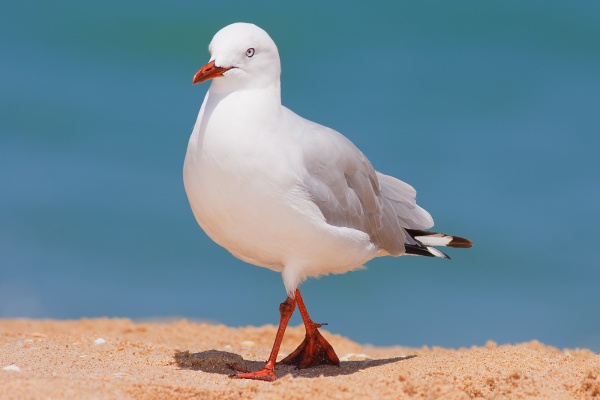Facts About Silver gull
The silver gull is a familiar sight along Australia's coastlines. Smaller than the Pacific gull, it is a distinct species different from the herring gull found elsewhere. While once classified under the genus Larus, it is now placed in the genus Chroicocephalus. There are three subspecies of the silver gull spread across various regions.
Adult silver gulls are easily recognizable by their white bodies, heads, and tails, coupled with light grey wings that feature black-tipped white spots. In contrast, juvenile gulls display brown patterns on their wings and have dark beaks. Silver gulls inhabit not only Australia, but also New Zealand and New Caledonia. They are remarkably adaptable and often thrive in urban environments, especially around shopping centers and garbage dumps.
Interestingly, silver gulls have even been spotted in the United States, likely due to escapees from captivity. They have a sharp voice with a variety of calls, including a harsh, high-pitched 'kwarwh'. Their diet consists of worms, fish, insects, and crustaceans, and they are adept scavengers, frequently seen near human activity.
Silver gulls breed from August to December, typically in large colonies on offshore islands. They construct their nests on the ground using materials like seaweed, roots, and plant stems, usually laying one to three eggs. It is common for them to raise two broods a year, with both parents sharing the responsibilities of nest-building, incubating the eggs, and feeding the chicks.
